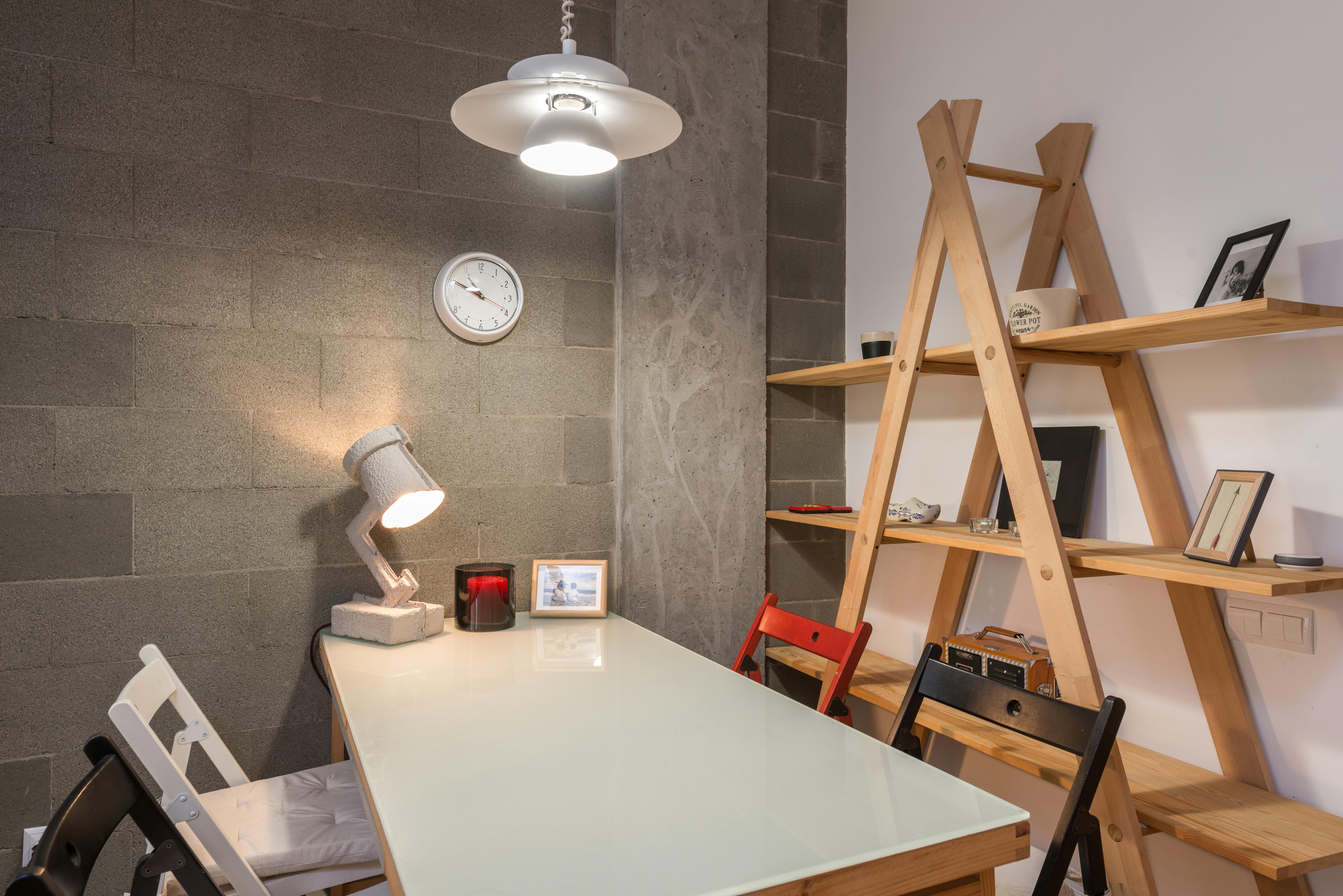What is an Acrow accessory?
Acrow Struts can be seen on many construction sites and are used to support a structure or transfer a load. Construction struts are typically used to support concrete forms while the concrete is curing or to support a roof or overhead structure while a wall or other supporting structure is removed, replaced, or repaired. They are easy to fit and are fully adjustable in the strut height range.
Acrow Struts consist of two circular steel tubes, an inner tube with a top plate that slides up and down freely inside an outer tube that is attached to the base plate. The inner tube is pre-drilled along its entire length so you can quickly extend it to just below your desired height and insert a steel pin to lock in that length. To extend the strut to the correct height, the top of the outer tube is threaded on and a collar, which is similar to a nut on a bolt, picks up and holds the steel pin. So turning the collar and moving it up extends the inner strut. This allows you to achieve the exact height required.
When it comes to using Acrow Props in your project, you have several different options to choose from. Acrow accessories come in 5 different sizes, from #0 to #4, so how do you choose the right accessory for your project?
Start with your support height
Well the first step is to look at the height or distance you are looking to shore up. Do not use struts that are too short when filling the gap with lumber or other packer, and always use struts of the correct length for the job. Similarly, if your support distance is on the borderline of a fully collapsed support, it may be best to select the next size down to ensure there is enough support adjustment if there is a slight variation in site.
The following table should be used as a general guide only, as specifications may vary with different vendors. Check with your provider for their specific specifications.
- No.0 — 1050 – 1830 mm (or 3.44 – 6.00 ft)
- No.1 — 1600 – 2800mm (or 5.25 – 9.18ft)
- No.2 — 1900 – 3400 mm (or 6.23 – 11.15 ft)
- No.3 — 2170 – 3975 mm (or 7.12 – 13.04 ft)
- No.4 — 3100 – 4900 mm (or 10.17 – 16.07 ft)
Calculate the load you need to bear.
The second step is to see what load the prop must support. You should consult your engineer or other responsible persons regarding the weight of the upper structure so that they can determine what loads must be supported. When the load is greater than the capacity of a single prop, you can use multiple props to increase the load supported in a given area.
The following table should be used as a general guide only, as specifications may vary with different vendors. Check with your provider for their specific specifications.
- No.0 — 22 – 42 KN — 2243 – 4282 kg ( or 4945 – 9442 lbs)
- No.1 — 12 – 34 KN — 1223 – 3467 kg ( or 2697 – 7643 lbs)
- No.2 — 11 – 39 KN — 1121 – 3976 kg (or 2472 – 8767 lbs)
- No.3 — 7 – 35 KN — 713 – 3569 kg (or 1573 – 7868 lbs)
- No.4 — 7 – 20 KN — 713 – 2039 kg (or 1573 – 4496 lbs)
Whenever using a construction strut, make sure that the structure at both the base and head of the strut is solid and strong enough to support the desired load. If in doubt, it would be a good idea to distribute the shock of the strut using a joist or distribution plate.
Remember that the correct selection of your props is critical to the safety and efficiency of your construction site and should always be approved by a suitably qualified engineer or other qualified person.
